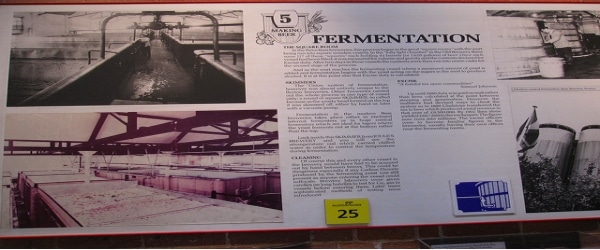Arguably, molecular biology is impossible without microbiology—even if you work exclusively with transgenic mice, you may one day need to amplify a vector in E. coli. And microbiology is definitely impossible without good aseptic technique.
The main principle of good microbiological practice is a zero tolerance approach: it’s good to be a little paranoid about maintaining sterile conditions. If in doubt whether something is sterile, assume that it is not. For example, tips that have touched anything, even a supposedly sterile part of the outside of a bottle, or have just been on the pipette for too long while you carry it around, should be discarded. Here are a few pointers for maintaining good sterile technique:
1) Lab Coat
- Sleeves should be cuffed, to prevent them from getting dirty and sweeping your sterile area.
- Separate coats for the culture room and everything else are a must.
2) Work area
- Don’t assume that the last person who worked in the biological safety cabinet sterilised the surface: do it yourself, and make sure that everything you bring into the sterile area is treated with ethanol on the spot.
- Do clean up after yourself, because accumulated dirt is a wonderful place to breed bacteria and spores.
- Keep the surface of your bench reasonably tidy, so that getting your pipette from the bottle to the flask doesn’t mean completing an obstacle course.
- While working with bacteria or yeast, keep a Bunsen burner lit: this creates an airflow similar to that in a biological safety cabinet, which keeps potential contaminants flowing away from you.
- Briefly pass through the Bunsen burner flame the necks of glassware such as bottles and flasks, but not any plastic items such as bottle lids, stoppers, single use pipettes, etc.
3) Media
- Label open media bottles with the opening date. Never return an open bottle to the unopened media storage area. If possible, keep the bottle for your personal use only—this is probably the only justified instance of lab selfishness.
- Always gently swirl the bottle of medium before using it—the naked eye can see 106 cells. You will develop a six sense for contamination after a while.
- If you suspect contamination, your can store “rich” media such as LB at room temperature for several days to make sure that it remains clear, but ‘sterile’ water and buffers should be binned if you think they are contaminated.
- It’s a bad idea to re-sterilize a suspected medium, because even when you kill the offending bug, you don’t know what nasty stuff it has secreted into your medium.
- Never put anything back into a sterile container, even if you are 100% sure that it is still sterile. This is especially important for solutions—if you took more than necessary, discard it.
A Perfectionist’s Summary of Good Aseptic Technique
Contamination is an ever-present threat that can derail your experiments and waste valuable time. Whether you’re amplifying DNA, growing cells, or simply making buffers, maintaining a zero-tolerance approach to sterility is essential.
Good aseptic technique isn’t just about following rules—it’s about developing habits that make sterility second nature. Every time you label an open media bottle, flame the neck of a flask, or discard a questionable pipette tip, you’re safeguarding the integrity of your work. Over time, these small, meticulous actions become instinctive, reducing the chances of contamination and ensuring reproducible results.
Enjoying this article? Get hard-won lab wisdom like this delivered to your inbox 3x a week.

Join over 65,000 fellow researchers saving time, reducing stress, and seeing their experiments succeed. Unsubscribe anytime.
Next issue goes out tomorrow; don’t miss it.
So, the next time you’re tempted to cut corners or trust that a bottle is ‘probably fine’, remember: contamination doesn’t take a day off. Stay vigilant, keep your workspace clean, and embrace a touch of paranoia.
You made it to the end—nice work! If you’re the kind of scientist who likes figuring things out without wasting half a day on trial and error, you’ll love our newsletter. Get 3 quick reads a week, packed with hard-won lab wisdom. Join FREE here.








